.jpg)
.jpg)
|
The Zeros Walthamstow, London |
|
Steve Godfrey - Guitar / Vocals |
Steve Cotton - Bass |
| Phil Gaylor - Drums / Vocals | |
.jpg)
.jpg)
.jpg)
.jpg)
Hungry / Radio Fun
Catalogue Number - Small Two
Label - Small Wonder Records
Year Of Release - 1977
Quantity Pressed - ????
.jpg)
.jpg)
.jpg)
.jpg)
THE ZEROS / ACTION REPLAY
What's Wrong With A Pop Group / Decisions
Catalogue Number - ROK XV / XVI
Label - ROK Records
Year Of Release - 1979
Quantity Pressed - ????
Below are the sleeve notes from the Zeros CD
Walthamstow has £1m houses, arts and environmental projects, and the Warner Estate’s redbrick maisonettes provide pieds-à-terre for city traders who flee to country boltholes at the weekend. But in the mid-70s, this suburban area of East London was distinctly grimy, grafting and tedious. Light relief came via the Granada cinema (there was another, The Tatler, but its fluorescent posters screamed volumes about the kind of movies it showed), decent bands at the North East London Polytechnic, and the mile-long market. Not the sort of place you necessarily aspired to belong to, but if you were looking for an area that might inspire a punk band, Walthamstow was ideal. It even had a record shop, Small Wonder, which flogged punk singles when its rivals didn’t know they existed.
One of the shop’s customers was a teenager called Steve Godfrey. He played guitar and sang in various bands, and was a familiar figure at Allan Gordon, the soundproofed caves that passed for rehearsal rooms beneath Leyton Midland Road station. Steve’s bands gigged at youth clubs and the occasional party, delivering Stones and Wings covers among self-penned songs. Like most school-age bands, there was something shambolic about them. But Steve was handy with a melody, a decent, flash-free guitarist, and a singer with an original wry style, so nobody should have been surprised when he seemed instantly brilliant once he found a band and a scene that fitted his talents.
That band was The Zeros and what they achieved was remarkable. Barely even trying, they became a small punk wonder. Given more directional management, they could have been far bigger. As it is, they traced the perfect punk career arc: come from nowhere (Walthamstow), make an impact, catch the bus back to nowhere. And here’s the weird thing – they’re still with us, still mates, and still shockingly good. Perhaps it’s because they didn’t tour endlessly and grow sick of each other, perhaps it’s because they never got pretentious, but The Zeros remain a fantastic little band, even if their boyhood is lost.
They teamed up at Allan Gordon in 1976; Steve Godfrey had begun to rehearse with another band fronted by Chris Lawlor, but it didn’t work out and Lawlor quit the band (though remains associated with The Zeros). This left Steve Godfrey with the lockstep rhythm section of Steve Cotton and Phil Gaylor. Cotton was the punk bassist who didn’t get sacked for liking The Beatles. His melodic McCartney-influenced lines were the perfect foil for Godfrey’s guitar churn. Phil Gaylor’s drumming was accurate and energetic, with a little skip in his snare that kept the ears pricked.
The band clicked right away and played local gigs, with pre-punk, mod-ish original material that stuck in the mind. There was the Flamin’ Groovies-influenced Find That Girl and later, a wry set-closing extravaganza called Take Me Out Of Here, with lyrics that consisted of the title. London’s grass-roots rock was changing fast and the group soaked it up – Steve Godfrey saw the Pistols at Walthamstow Assembly Hall – and while their facility for melody remained, The Zeros grew rougher, grittier and sharper. They may not have been the metaphorical fist in the face that was hardcore punk, but they were a slap in the chops – and they’d most likely say sorry and buy you a pint after, being nice lads.
In the summer of ’77, The Zeros took a demo to Small Wonder, which had launched a record company of the same name. The band perhaps had more commercial material, but they and label boss Pete Stennett showed sound judgement in fingering Hungry and Radio Fun for Small Wonder’s second release. The credit read “Produced with Difficulty”, but you wouldn’t have known it. There’s a joyous, “Fuck me, we’re really doing this!” feel to the 45. Steve Godfrey wrote the songs, Steve Cotton and Phil Gaylor designed the sleeve, the record came out. And to everyone’s gobsmacking amazement, it hit No 1 in NME’s punk chart for a week and lurked in that chart until the pressing sold out. The Zeros had made it. Kinda.
“Better” gigs came in. The Zeros played The Roxy a couple of times, and a few at the Vortex – “A tenner expenses – every gig we did cost us money,” sighs Godfrey. Of a performance at The Rainbow, theatre of legends in North London, he grins: “A few Runaways were there and Jimmy Pursey. But it was only on the mezzanine level, though I let people think it was The Rainbow itself.”
But The Zeros couldn’t be arsed to play the punk fame game. They didn’t have spiky hair, didn’t look like they’d gob at you, and weren’t into fashion (though that didn’t stop Steve Cotton, a lovely gentle soul, being battered by greasers for daring to wear a biker jacket). They didn’t “network” with the faces they ran into, which was required if you wanted to join the binbag in-crowd. “We never hung out. We’d turn up, set up, play and go home,” Steve Godfrey shrugs, a modus operandi that matched his musical philosophy: “Say your bit and get out.”
There was a ferocious Peel session, and a second single was planned, Nice Girls, but by the time they were ready to do it, the group had moved on and were more musically frenzied than ever. So Small Wonder 6 was scheduled to be a new tune, What’s Wrong With A Pop Group. Easy Way Out was pencilled in as the flip, which Godfrey, increasingly cynical about this fashionable scene, calls “A pisstake of punk. ‘I’m trying out a new idea, living out on the street, write about what I see, write a hit single every week, la la la la la.’” Perhaps its sarcastic tone cut too close to the bone, because the record was shelved, ending the relationship between band and label. During this period, a second guitarist, Brendan O’Sullivan, and another guitar player, Paul Miller, passed through their ranks. Nobody gave up their day jobs.
A putative deal with Gem foundered when one of several managers took the tape for What’s Wrong With A Pop Group to The Label (home of Eater), which released it on a split single in 1979. “I found out in a music paper that we had a new single out! I’d had nothing to do with it,” smarts Godfrey. Nevertheless, The Zeros lugged their gear through the crowds in Trafalgar Square to appear at a launch event for a mass signing to The Label, but the cops moved in before they’d played a note. What’s Wrong With A Pop Group (called “What’s Wrong With Pop Group” on the label) bombed, sadly. That was the last single the group released: a third, which appears in some discographies, had zilch to do with this Zeros.
The group cut lots of fine demos, most of which appear in public for the first time on Lost Boys. The dazzling punk-pop punch of their singles was no fluke. There’s depth here and a sense that writing about your emotions may not be acceptable in the punk era, but they’re going to do it anyway. Can’t Dance lays bare the eternal worry of the self-conscious young guy; She Knows It shows the game is up. First Girl, written and sung by Phil Gaylor, adds a moody touch of the Arthur Lees. Love It When You Call Me A Man is another revelation from the teenage male heart; you can hear Steve Godfrey chucking away a line he feels is a cliché, an awareness rare in a band so youthful and direct. Romance, with Steve Cotton’s alluring bassline in the intro, is a standard pop ditty undermined by a declaration that the singer is “sick and tired of this angry pose”, a reference to punk’s sneer or perhaps questioning standard gender roles. She’s In Love With Everyone Else is an admission that they didn’t know how long they’d have any kind of platform, hidden in a romantic song. And the singles are here: the amazing arse-kicking din of What’s Wrong With A Pop Group, both sides of their “hit”, and the demo of Radio Fun. Most tracks were recorded before the band arrived at Small Wonder.
The group’s activities tailed off in the early 80s and they retained their dignity: there are no electropop or 2Tone-styled Zeros tunes. Their records are now cult items, representing their moment as strongly as anything of the era, and more listenable than many because they’re not marked by fashionable posturing.
Here, at last, is the 70s Zeros’ album that never was. It’s Lost Boys, not just because they never made it and should have, but because they really were teenage kids singing about teenage concerns. The term “sound of the suburbs” has become a cliché, but that’s what this is, melodic, urgent, truthful, wry, sometimes sarky. Walthamstow was briefly proud of The Zeros: it’s time for the rest of us to find out why.
|
|
|
|
|
|||
|
|
|||
|
|
|||
|
|
|||
|
|
|||
|
|
|||
|
|
|||
|
||||
|
|
|||
|
|
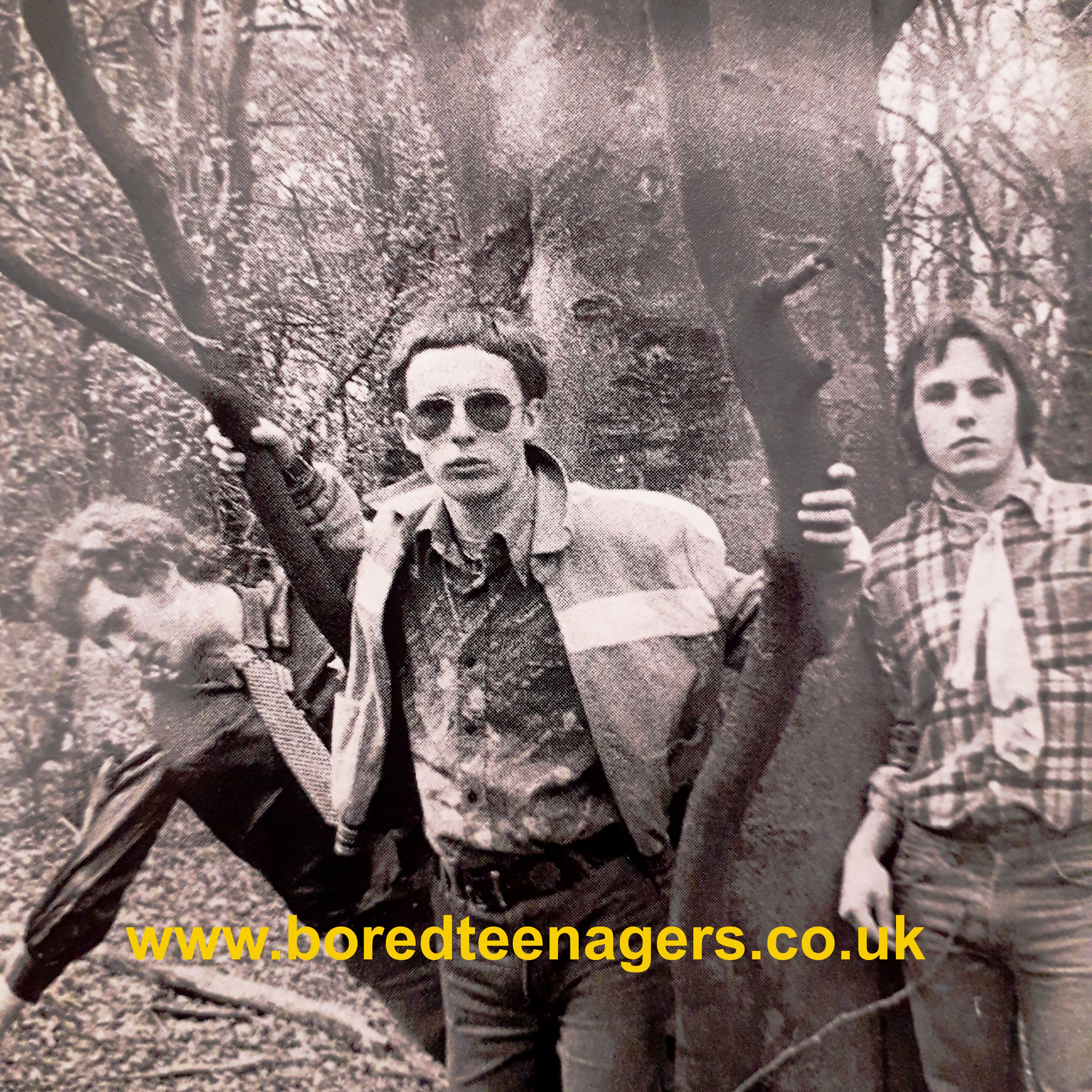 |
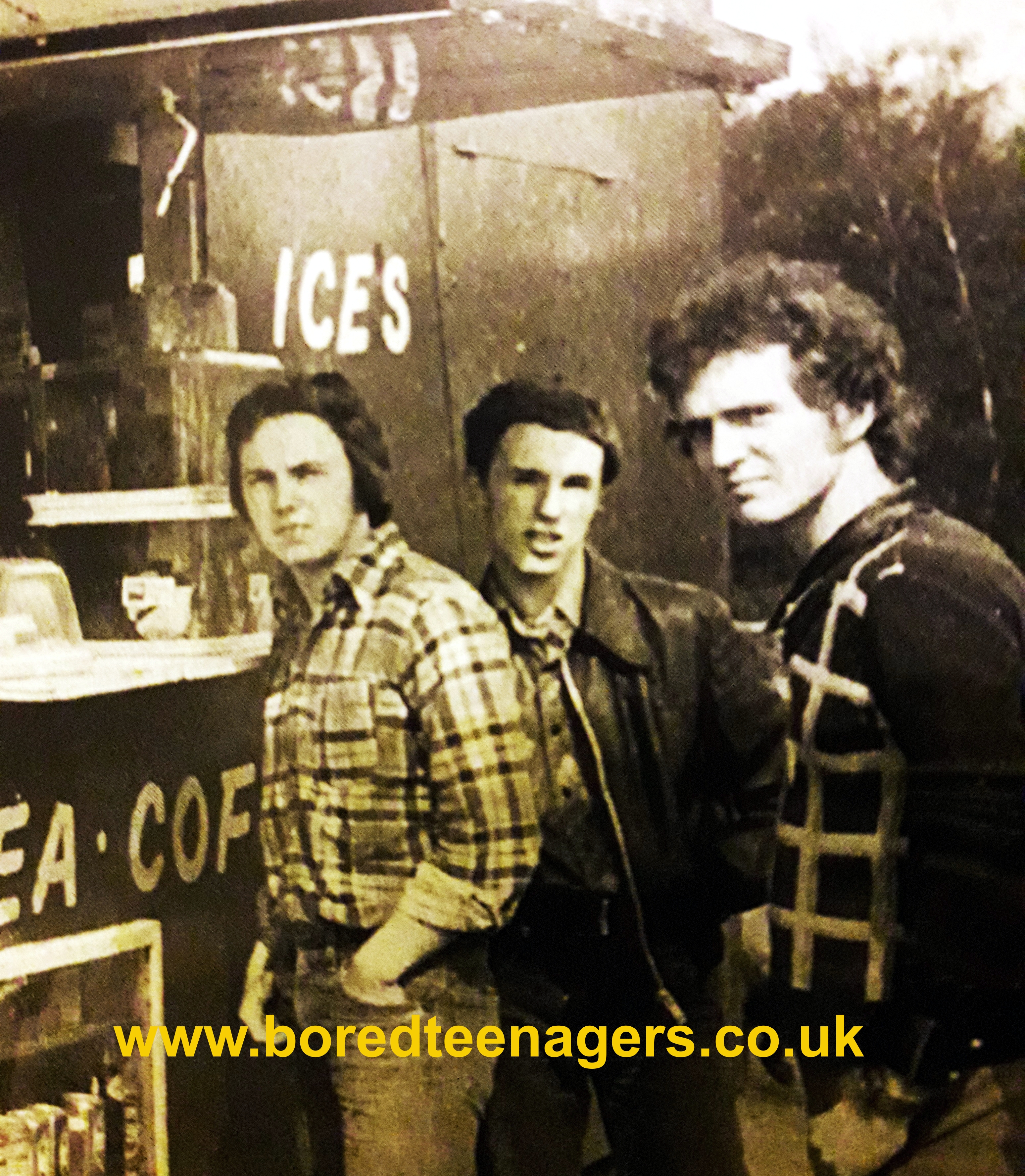 |
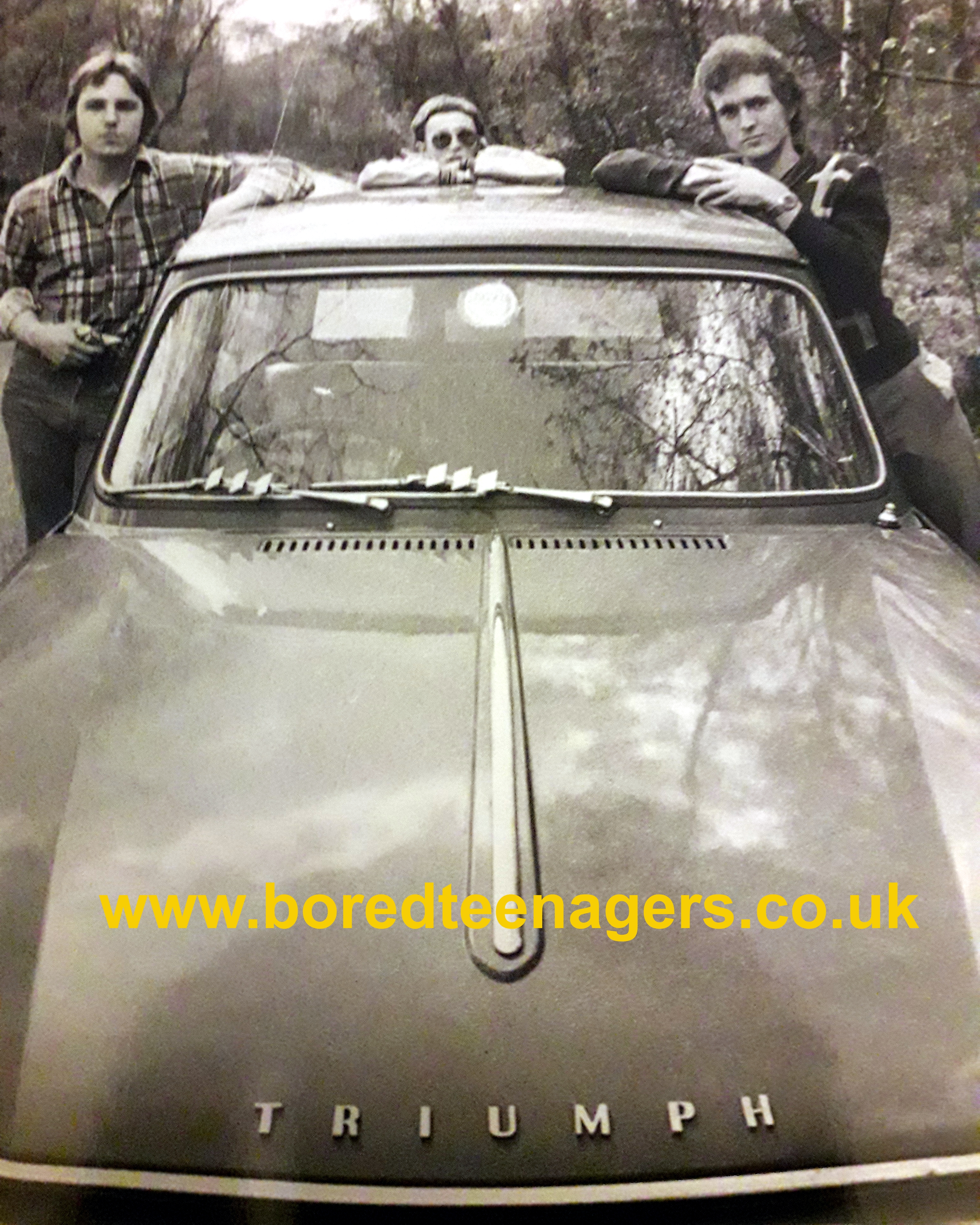 |
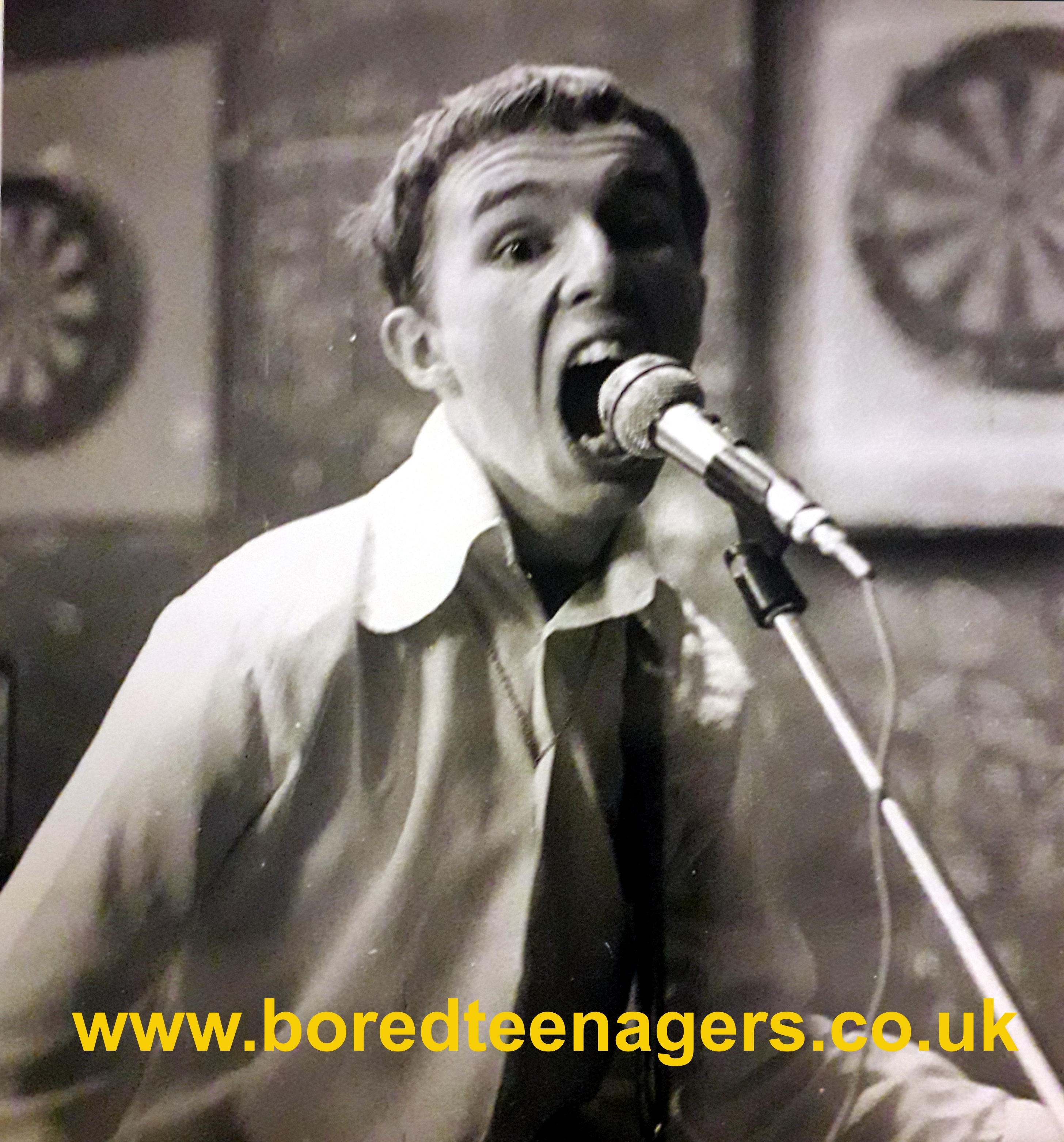 |
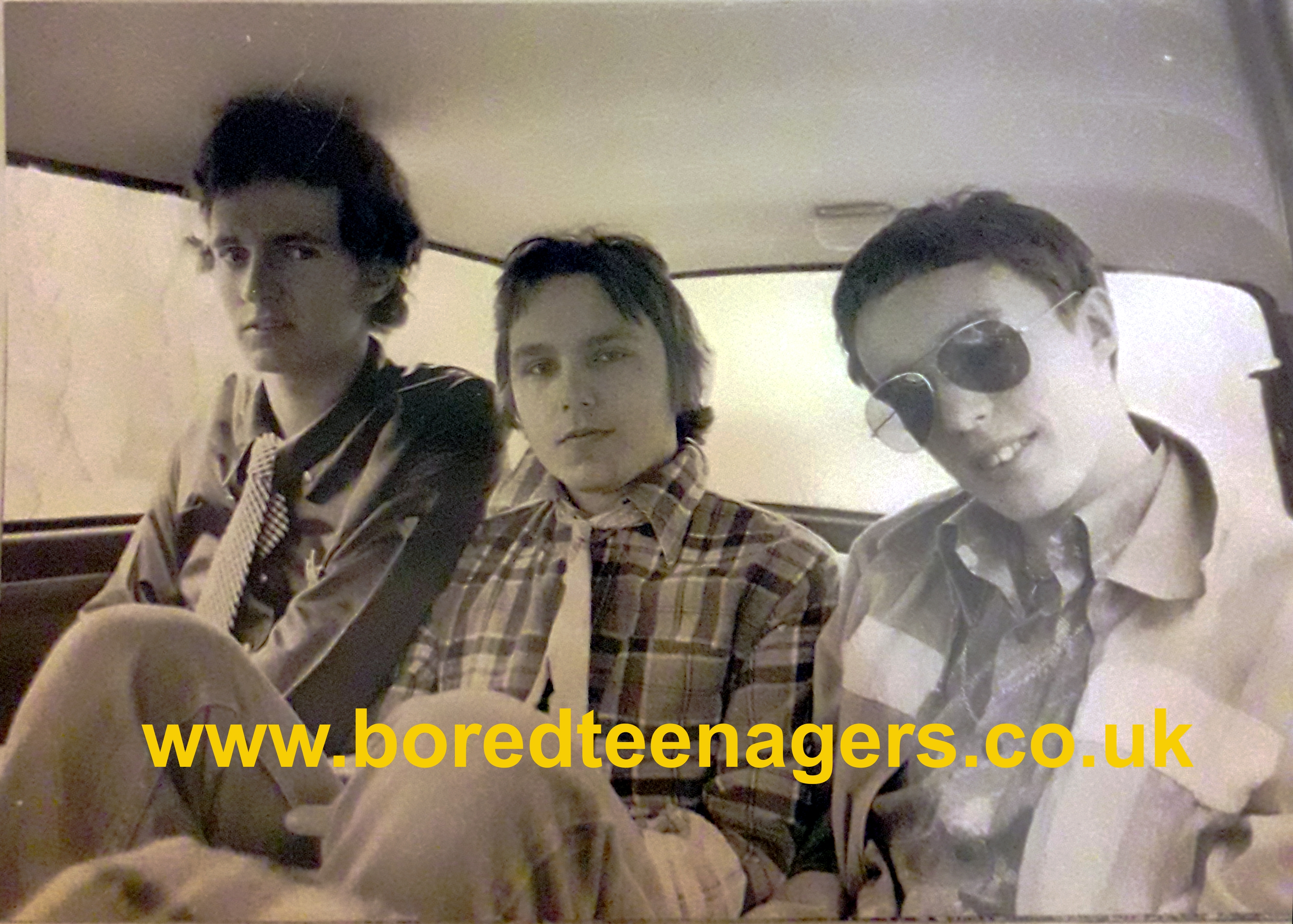 |
| All photos by Terry Hope |
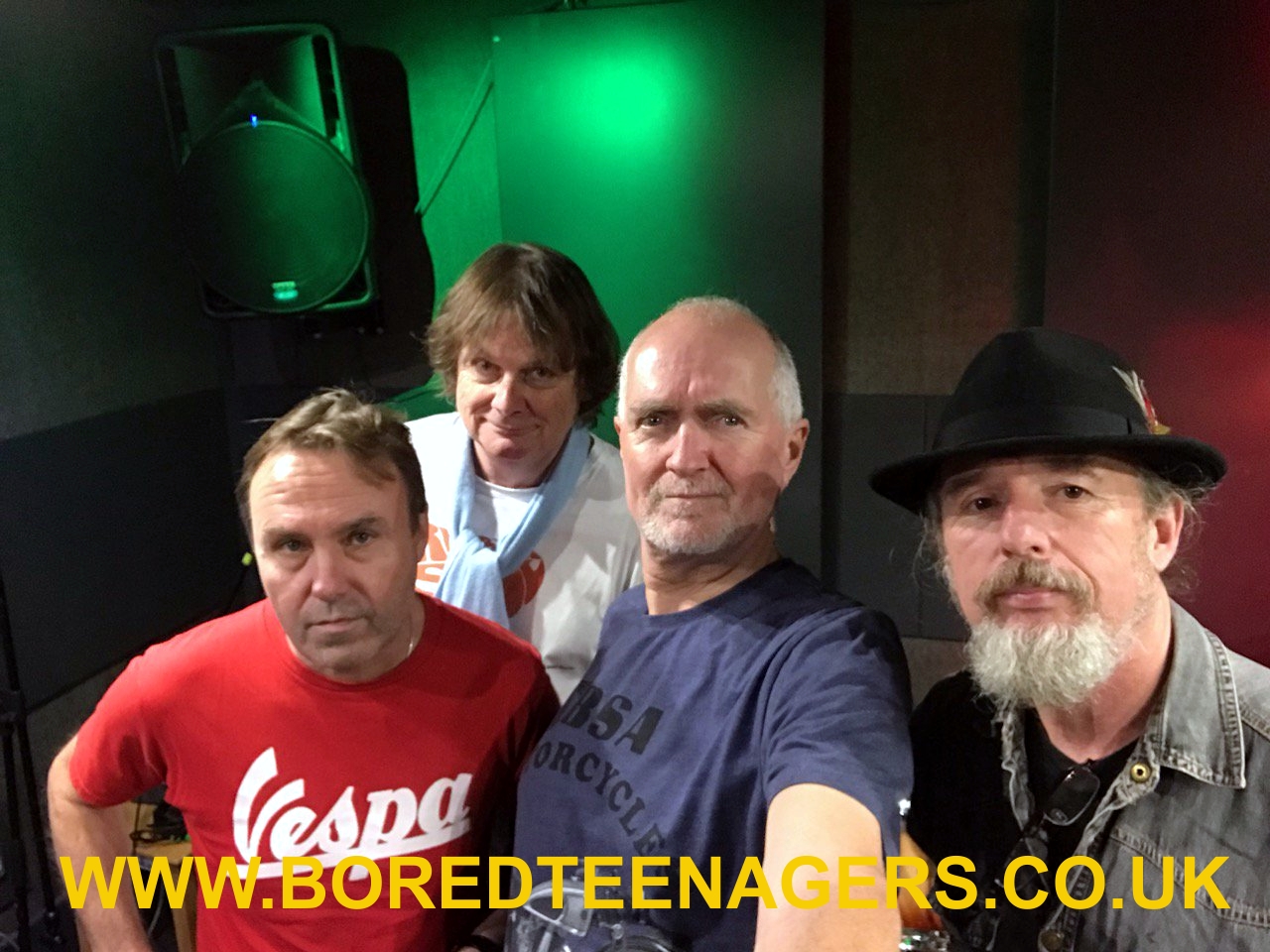 |
| The band as they are of 2018 |
Thanks to Steve Godfrey and Bradders
©Detour Records